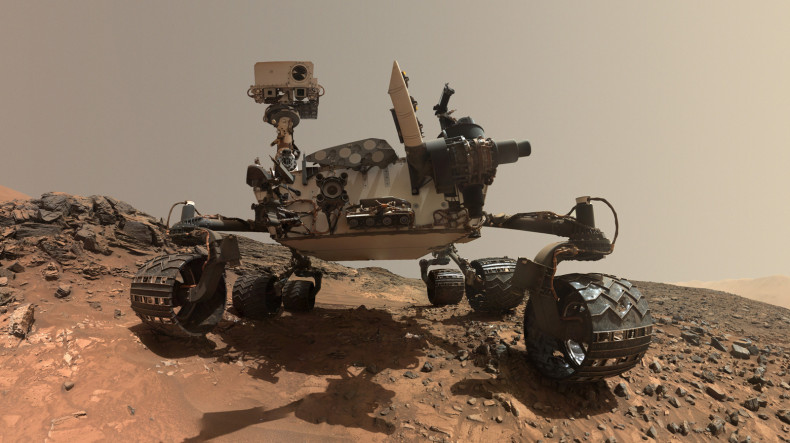
NASA's Curiosity rover has found previously unknown organic molecules on Mars
NASA's Curiosity rover has discovered previously unknown organic molecules, ammonia and benzoic acid, on Mars that could be possible indicators of ancient life, Daily Mail reports.
The findings stem from a new technique used by the American space agency in 2017 when the rover's drill stopped working, but the team re-routed Curiosity to place dirt samples into cups pre-filled with a chemical mixture instead of the typical empty containers.
The dirt showed traces of benzoic acid and ammonia, both of which occur naturally in plants and animals, including humans.
The molecules are not biosignatures, evidence of past or present life, but according Maëva Millan, a postdoctoral fellow at NASA's Goddard Spaceflight Center, they are good indicators of the presence of biosignatures.
'One of the things that we were trying to look for [when searching for] organic molecule on Mars is to understand the past habitability of Mars and to look for bioindicators,' Millan told Inverse.
Curiosity touched down on the Red Planet on August 6, 2012 to investigate the Martian climate and geology, along with determining if the Gale Crater was once home to life.
Five years after making landfall, Curiosity was collecting soil samples from the Bagnold Dune, a 22-mile-long group of gray dunes inside Gale, when its drill stopped working.
In order not to waste the samples, Millan and her colleagues rerouted them.
There are 74 cups housed in the belly of Curiosity that are used to hold soil samples – nine of which contain a chemical mixture.
Samples are usually dropped in empty cups, but the NASA team decided for the first time to use the pre-filled containers instead.
While researchers did not find evidence of life, such as amino acids, the results prove 'wet chemistry derivatization' experiments are capable of uncovering such signs.
Newsfeed
Videos






























